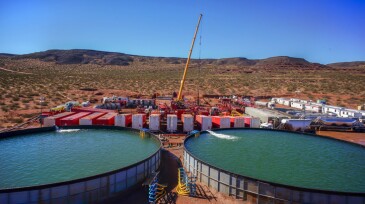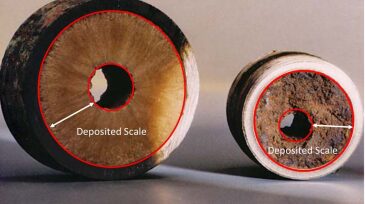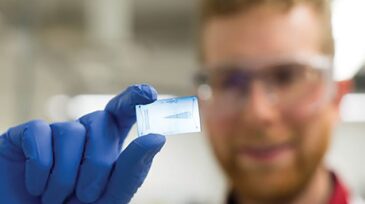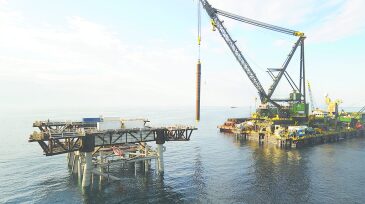Oilfield chemistry
Allison Taylor, SPE, is studying whether nanogels can improve how gas, specifically CO2, is stored underground during CO2 flooding operations.
Researchers at KAIST developed an integrated chemobiological platform that converts renewable feedstocks like glucose and glycerol into essential aromatic hydrocarbons (BTEX) using engineered E. coli strains and a solvent-integrated catalytic process, offering a sustainable alternative to petroleum-based production.
With water management poised to be the defining challenge of the next decade for the Permian Basin, companies that fail to adapt may find their production growth throttled not by a lack of oil, but by an excess of water.
-
In our daily lives we come into contact with porous media whether it be a pumice stone, a cup of coffee, or a pile of clothes. In this article, we present three everyday examples of how reservoir engineering skills can be utilized in porous media.
-
Explore the importance of customized approaches for managing produced water from unconventional reservoirs, focusing on extraction methods like horizontal drilling and hydraulic fracturing, and modern treatment techniques such as advanced filtration, electrocoagulation, and biological processes.
-
With an eye to the future, Interface Fluidics is bringing nanotech to the oil field.
-
Scaling buildup inside wellbores is a serious production problem that dramatically reduces the well productivity index. This issue has a significant cost across the industry, mostly associated with loss of production or additional operations such as well intervention.
-
Halliburton broke ground in Saudi Arabia for the first oilfield chemical manufacturing reaction plant in the Kingdom.
-
An oil and gas startup has attracted the business with a major operator thanks to its ability to forecast whether production-enhancing chemicals will work as advertised.
-
Tiny soil samples may contain as many as 300,000 species of microbial life, but a Netherlands-based startup has figured out that between 50 and 200 of them can tell an operator if a drilling location will hold oil and gas reserves.
-
Part of what makes DME an intriguing EOR technology is that it is soluble in both water and oil—with a preference for the latter. Shell’s plan is to add DME to the waterflooding stream to reach a concentration of about 16%, the upper limit of its dissolvability.
-
Issues associated with mercury’s presence in hydrocarbon processing systems have become more apparent as deeper and hotter reservoirs (often with higher levels of mercury) were exploited, and with the low-temperature gas processing used for liquefied natural gas (LNG) and natural gas liquids.
Page 1 of 2












